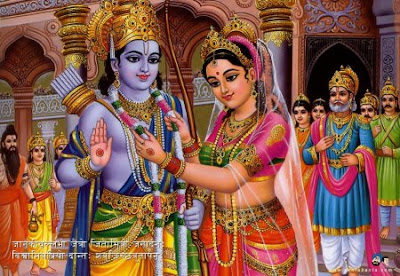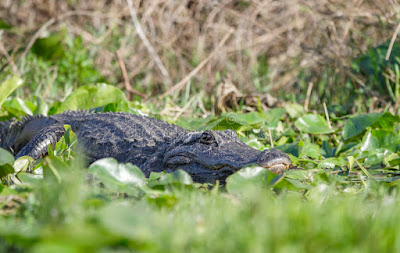Reading Notes: Narayan's Ramayana, Section A
Rama is an interesting character. He is the incarnation of the god, Vishnu. It is vaguely explained that Vishnu incarnated as a human because he sought to stop a demon and his army. The other gods also took mortal form as both humans and monkeys. Rama is portrayed as a young, attractive boy. He is initially thrown into a coming of age story where he travels with a holy man to perform a sacrifice. The holy man required him for protection, and Rama proved himself to be capable with a bow. He defeated enemies along the path to the sacred spot and fought off demons once the ritual had been commenced.
In these stories, the setting is often personified. The Ganges river is personified as Ganga, mother earth. Ganga has a duality in that she brings purification but also destruction. Another setting that is personified is a desert. This desert is personified as Thataka who is a former demigod who was turned into a demon by a saint for being violent. These associations and personifications seem to permeate Indian mythology.
A key feature of the stories are saints. The mentor to Rama is a saint named Viswamithra. Saints, although human, seem to have supernatural powers and often clash with the demonic forces at play in the world. In the story of Ahalya, a saint clashes with the god Indra, and curses him to have his entire body covered in eyes.
There are many hyperboles in the stories. It is claimed by the original text that Dasarahta is sixty thousand years old. Kausalya, mother of Rama, is said to have had sixty thousand women in her company on her journey to Rama's wedding to Sita. The hyperbole seems almost to get out of hand.
The setting of the stories plays a key role in how they are told.
Bibliography
R.K. Narayan. Ramayana. Kindle
In these stories, the setting is often personified. The Ganges river is personified as Ganga, mother earth. Ganga has a duality in that she brings purification but also destruction. Another setting that is personified is a desert. This desert is personified as Thataka who is a former demigod who was turned into a demon by a saint for being violent. These associations and personifications seem to permeate Indian mythology.
A key feature of the stories are saints. The mentor to Rama is a saint named Viswamithra. Saints, although human, seem to have supernatural powers and often clash with the demonic forces at play in the world. In the story of Ahalya, a saint clashes with the god Indra, and curses him to have his entire body covered in eyes.
There are many hyperboles in the stories. It is claimed by the original text that Dasarahta is sixty thousand years old. Kausalya, mother of Rama, is said to have had sixty thousand women in her company on her journey to Rama's wedding to Sita. The hyperbole seems almost to get out of hand.
 |
| Rama and Sita Wedding. Source |
The setting of the stories plays a key role in how they are told.
Bibliography
R.K. Narayan. Ramayana. Kindle


Comments
Post a Comment